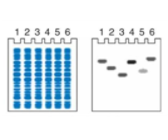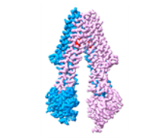Membrane protein
Membrane proteins pose significant challenges in the field of structural biology, requiring substantial investments in terms of time and financial resources. However, the ability to quickly determine the most suitable expression system and purification conditions using minimal material can greatly reduce the initial research time and financial burden, thereby accelerating the early stages of a project.
At Biortus, we developed our small-scale workflows designed to facilitate membrane protein expression and purification screening. Here, we offer support in rapidly cloning and screening constructs simultaneously on a small scale (3-5ml of cell culture per condition) using various expression systems such as E.coli, yeast, insect or mammalian cell cultures. To expedite the process, we employ commonly used purification tags (e.g., His, FLAG, Twin-Strep, GST) and reporter proteins (e.g., eGFP, RFP, YFP, mStayGold) to quickly identify the most suitable expression and purification conditions. This includes optimizing factors such as incubation time and temperature, solvent composition, detergents, pH, salts, and other additives.
We assess the success of the screening process by utilizing techniques such as fluorescence size exclusion chromatography (FSEC), SDS-PAGE gels, Western Blot. To address the challenge of extremely low expression levels of membrane proteins, we have the capability to utilize anti-eGFP nanobody resin, which offers high specificity in capturing eGFP-tagged membrane proteins (with a dissociation constant, kd, of ~6 pM). We have successfully purified over 300 unique membrane proteins such as GPCR, ion channel, transporters by using this approach. We have a variety of membrane proteins available for purchase online. For more information, please contact us.
Construct design
Gene/GFP

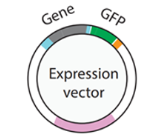
Homolog screening;
Protein engineering;
Affnity tags & vectors;
N/C terminal truncation;
Loop deletion;
Mutagenesis;
Fusion partners (T4L,BRIL...);
Expression system
Insent cell/Mammalian


Insect cell expression: System: Bac to Bac
Cell: sf9, Sf21 & Hi5
Mammalian cell expression:
System: Transient Transfection; BacMam
Cell: Expi293F, Expi293F GnTI-
Small scale expression test
-
Fluorescence microscope

![]()
Rapid expression screening
Sub-cellular localization in host cell
-
Fluorescence size exclusion chromatography (FSEC)

![]()
High-throughput screening monodisperisty for constructs and solubilization conditions
Estimation of MPs overexpression level
No need for purification
Less than 5 ml expression media
-
Western Blot

![]()
Confirm the expression of intact MPs
Large scale expression and purification
-
Anti-eGFP nanobody-based affinity purification

![]()
Catch the eGFP-tagged protein with high specificity
Higher purity than the TALON/Streptactin resin
Need to cleave the eGFP tag
-
Purified membrane protein

![]()
Downstream application:
Nanodisc reconstitution
SPR assay;
TRIC assay;
Activity determination;
Thermal shift assay
Structure determination;
-
GPCRs

![]()
-
lon channels

![]()
-
SLCs

![]()
-
ABC transporters

![]()
-
Other MPs

![]()
-
A2AR-nanodisc

![]()
-
ABC transporter X-SMALPs

![]()
-
ABCB10-Salipro

![]()
-
GlyRα3-amphipol

![]()
Quality control pipeline
-
Negative staining EM

![]()
-
LC-MS

![]()
-
Mass Photometry

![]()
ATPase assay for ABC transporters
ADP-Glo™assay
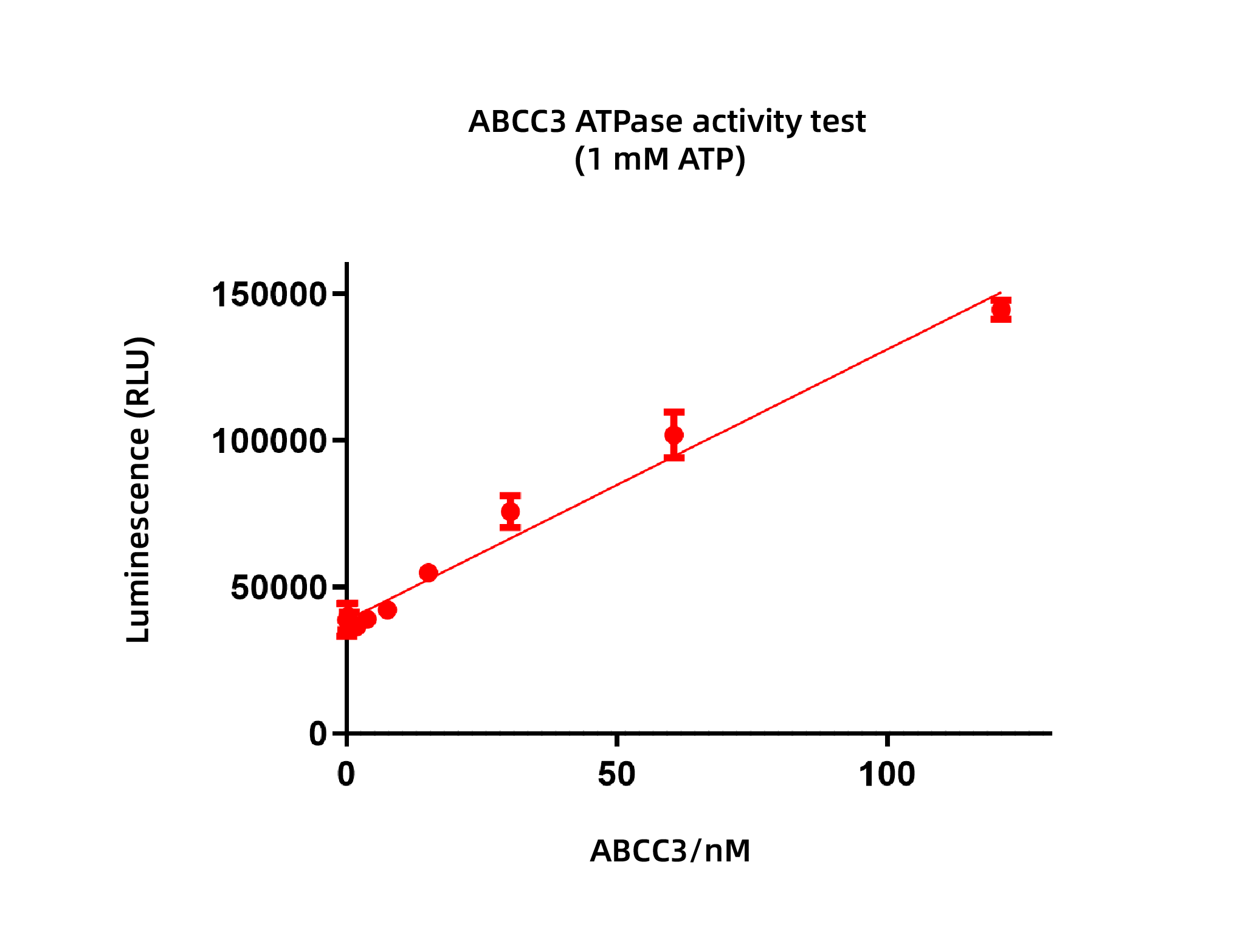
Phosphate detection assay
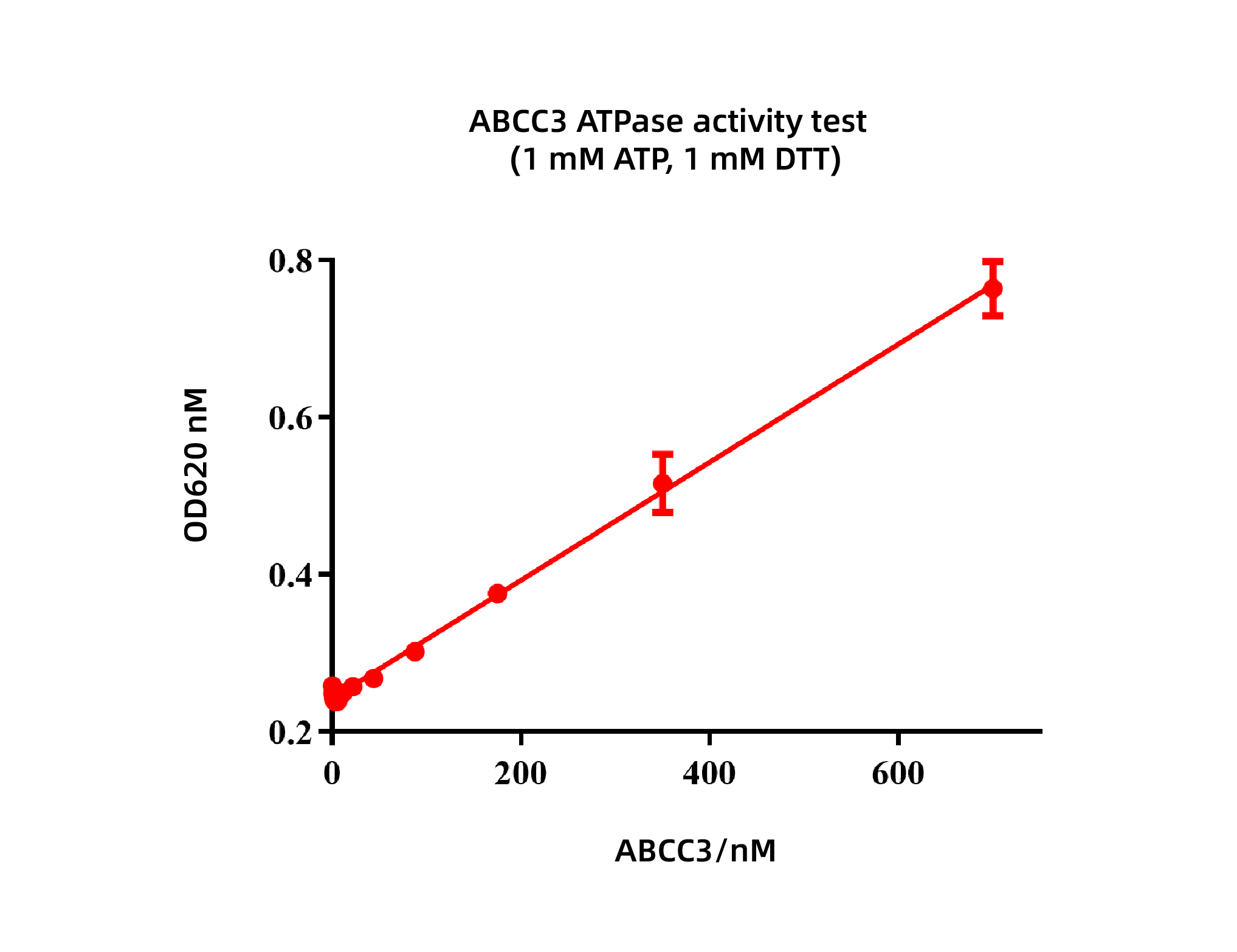
ATPase assay using 1mM ATP and purified ABC transporter in detergents
Biophysical assay-thermal shift assay
nanoDSF assay

CPM-based assay
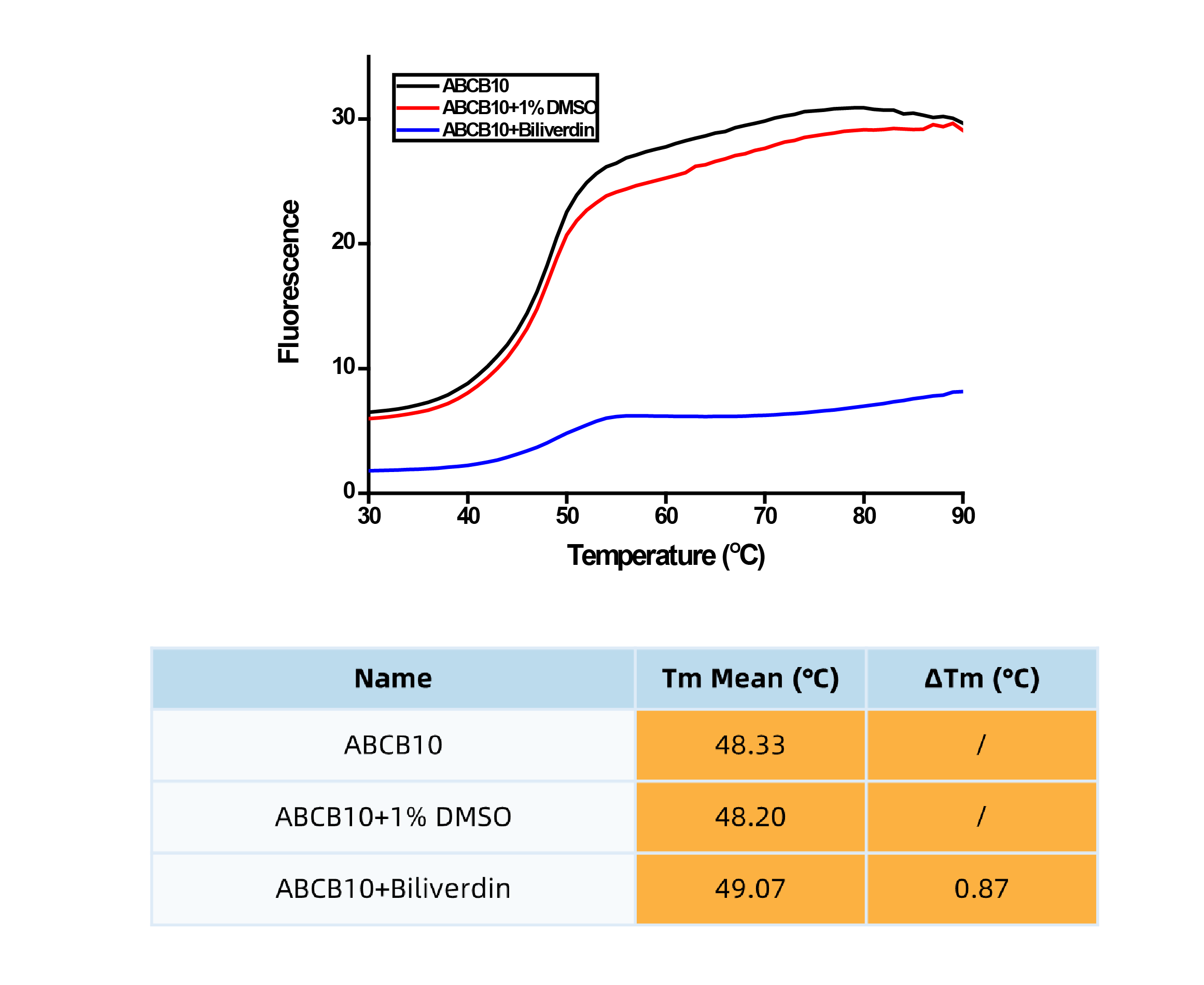
Thermal shift assav usina purified ABC transporter in deteraents
Biophysical assay-SPR
SPR assay for A2AR
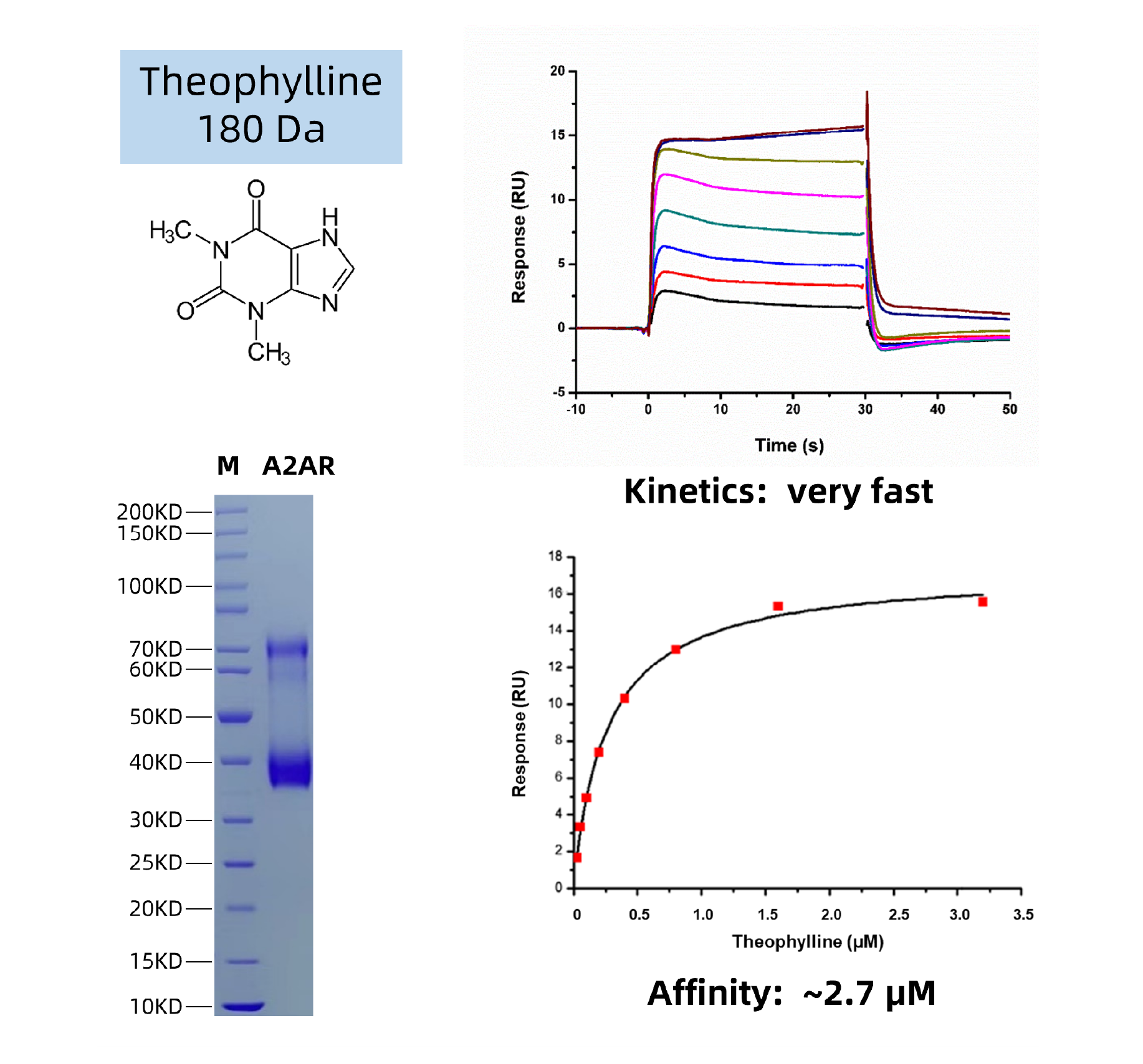
SPR assay for APJR
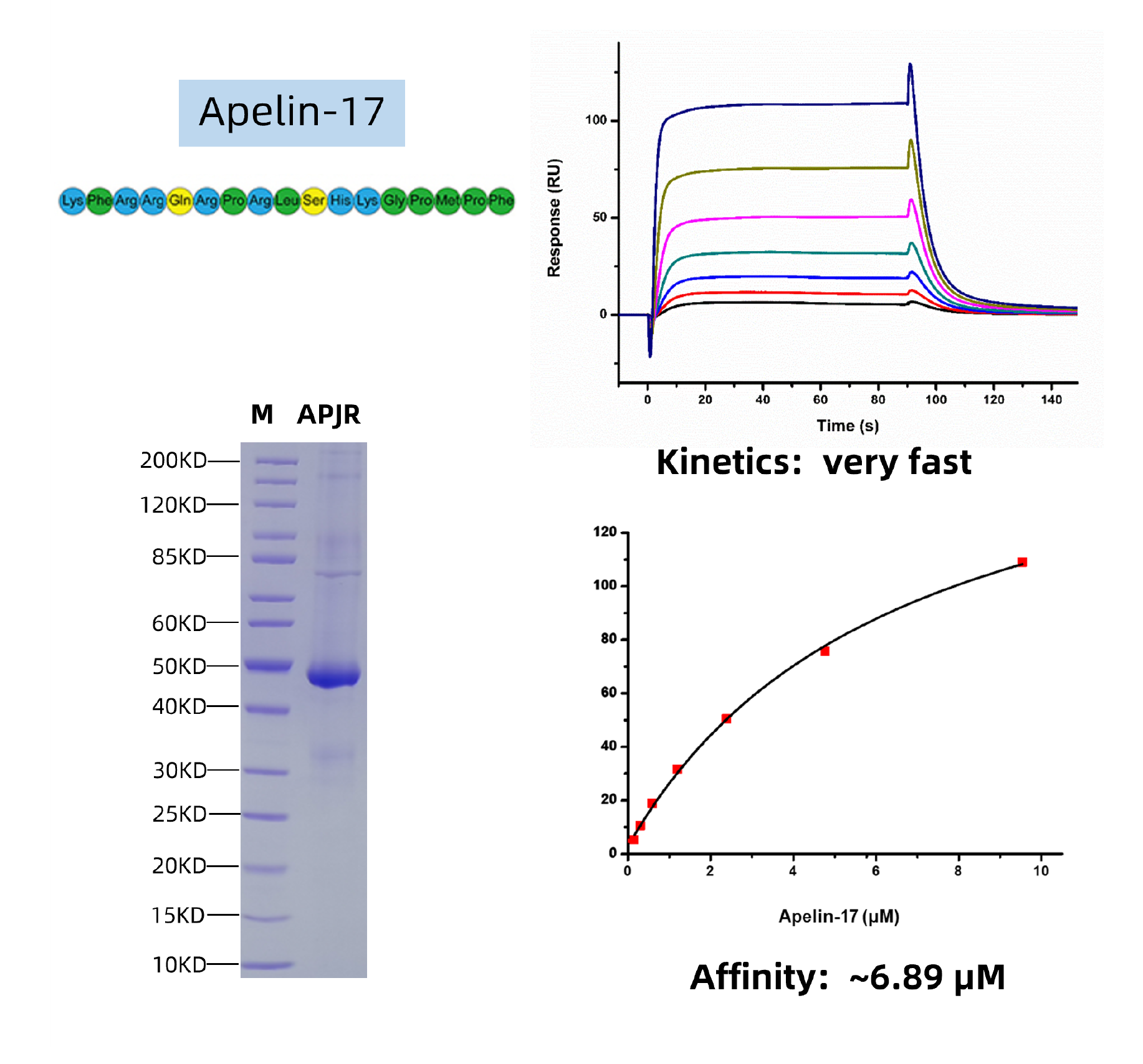
Biophysical assay-TRIC
TRlC( T emperature R elated I ntensity C hange)assay

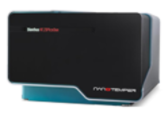
Dianthus NT.23 Pico Duo
Compared to Traditional MST, TRIC:
Uses less protein
Allows more conditions (384wells)
Higher throughput
Done is as little as 30 min
Less background

At Biortus, we also specialize in Cryo-Electron Microscopy (Cryo-EM) studies of membrane proteins. Our expertise extends to the determination of various types of membrane proteins, including inactive state G-protein coupled receptors (GPCRs), active state GPCRs, ion channels, solute carrier proteins (SLCs), and ATP-binding cassette (ABC) transporters. By combining our expertise in Cryo-EM with other biochemical and biophysical assays, we can provide comprehensive insights into the structure and function of membrane proteins. This information is crucial for understanding their roles in cellular processes and for the development of targeted therapeutics.




